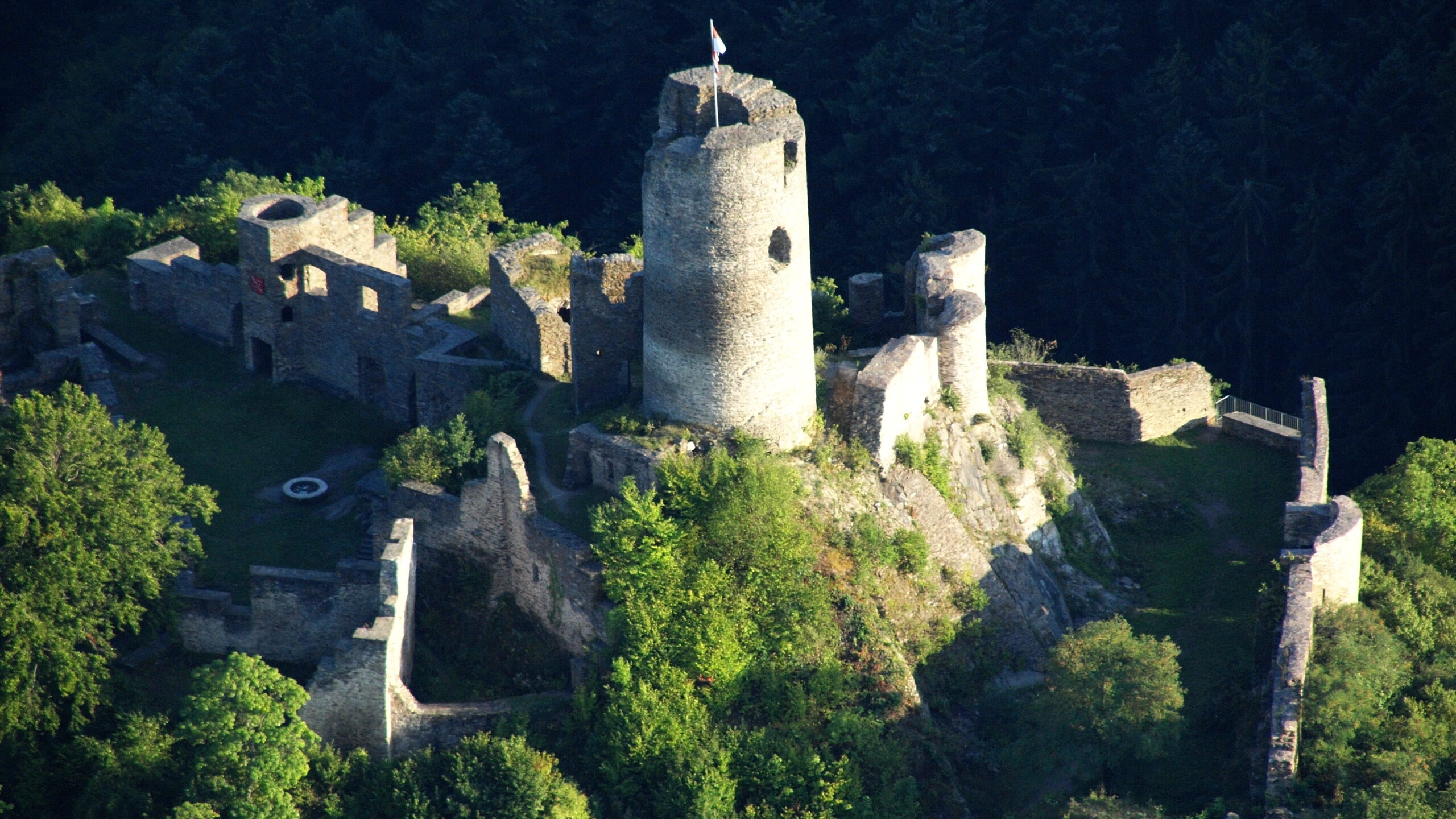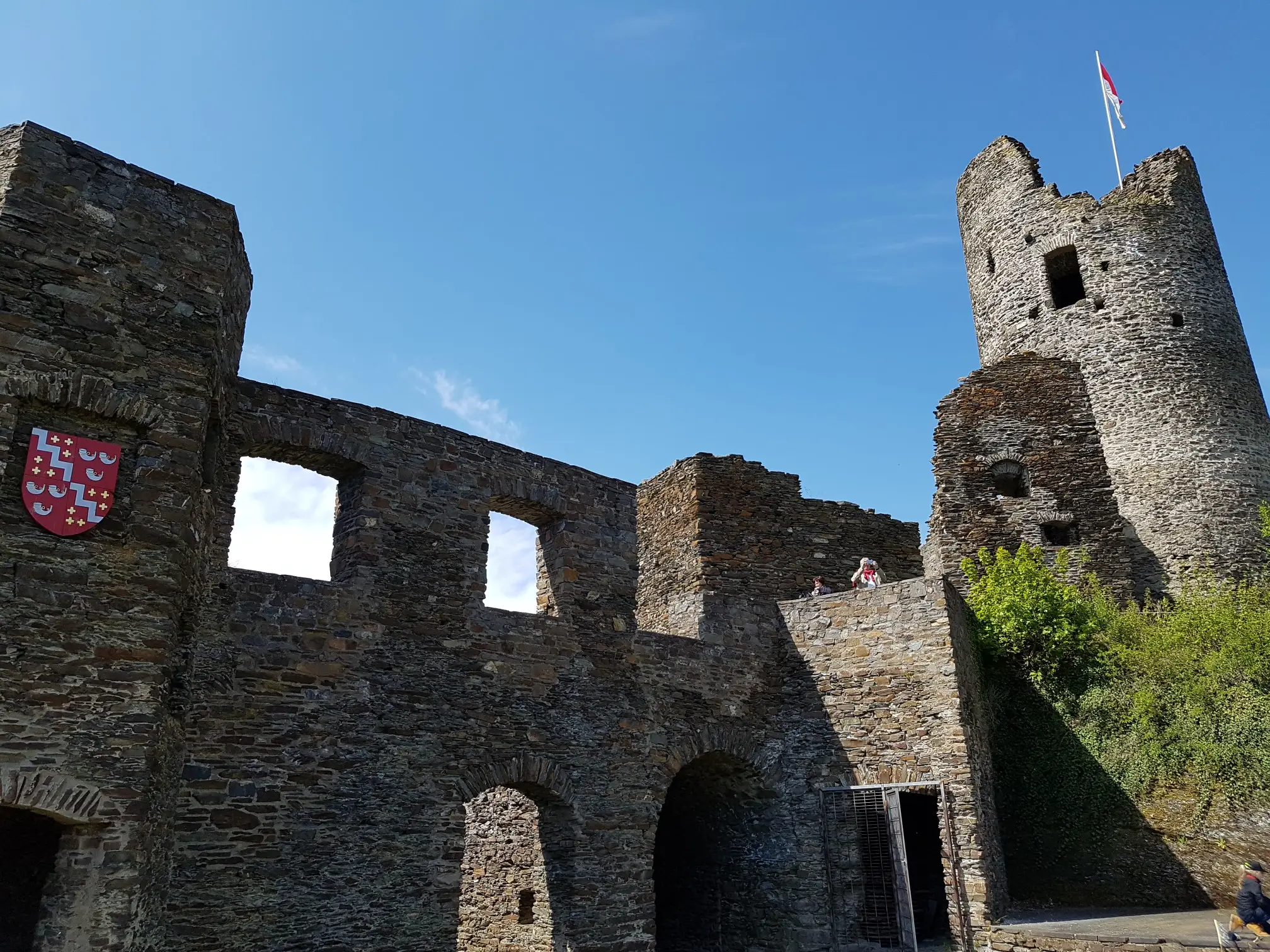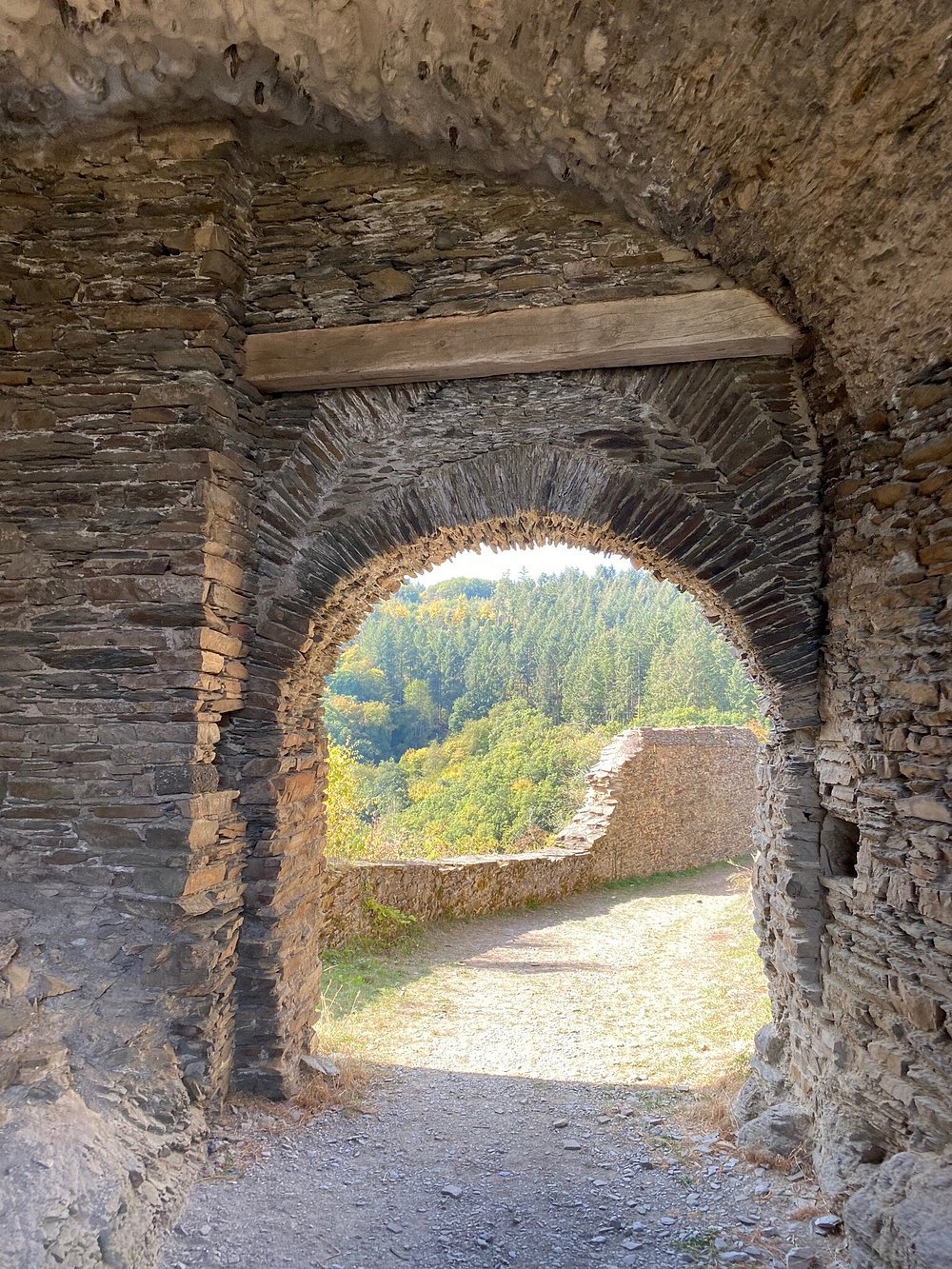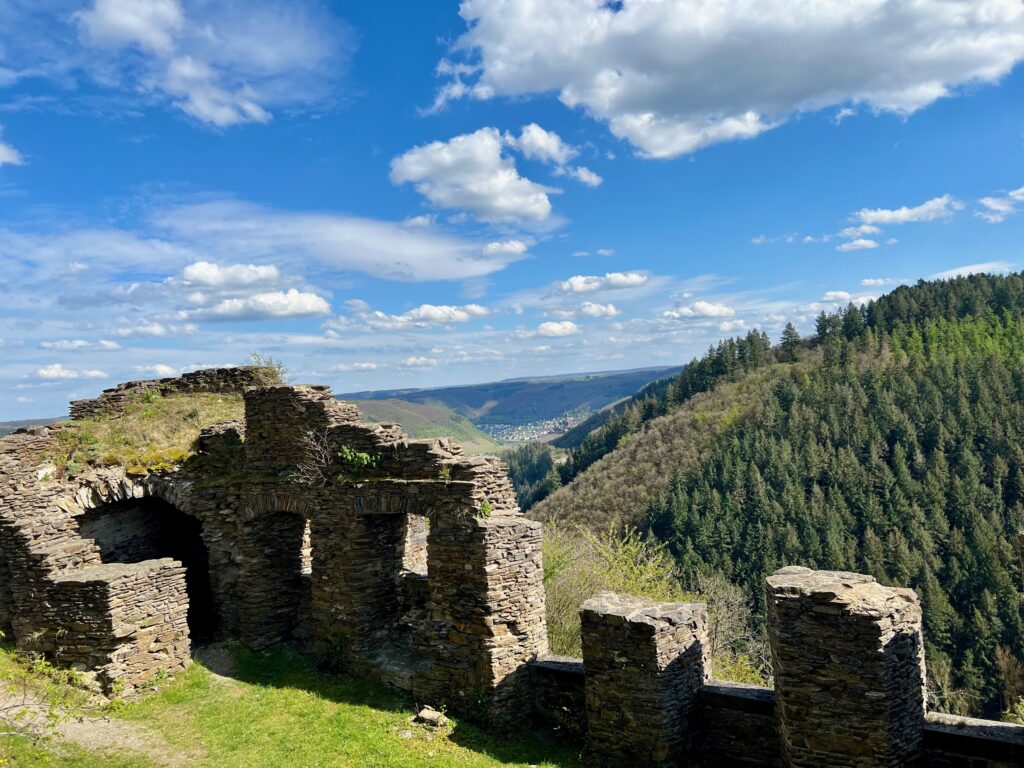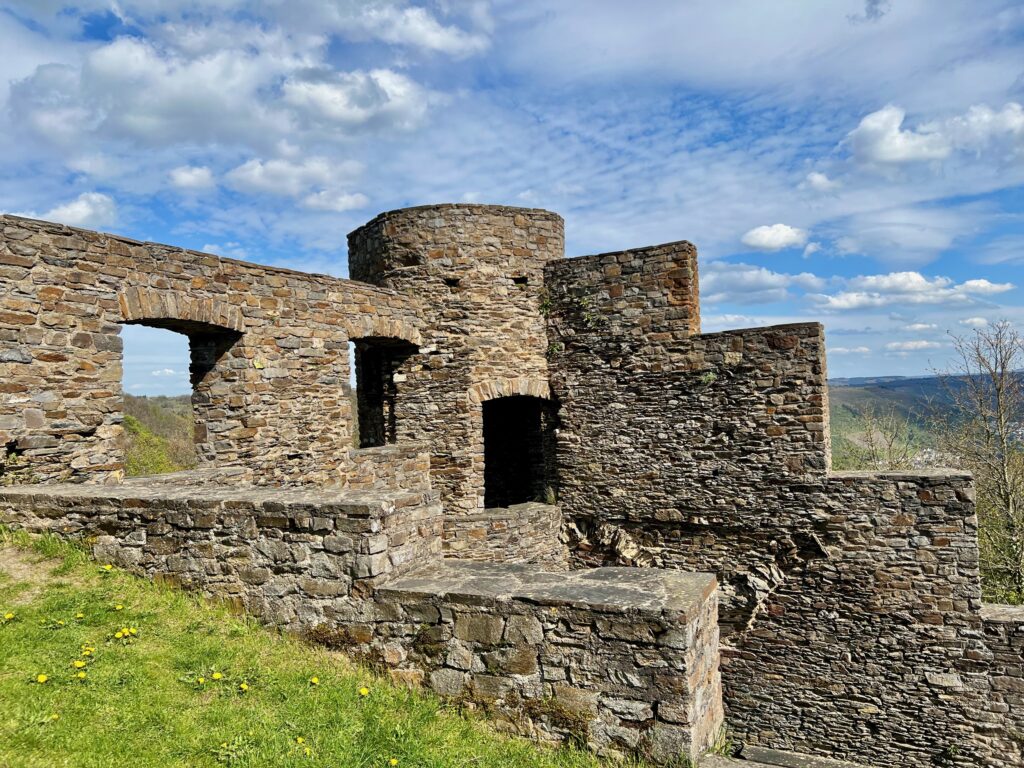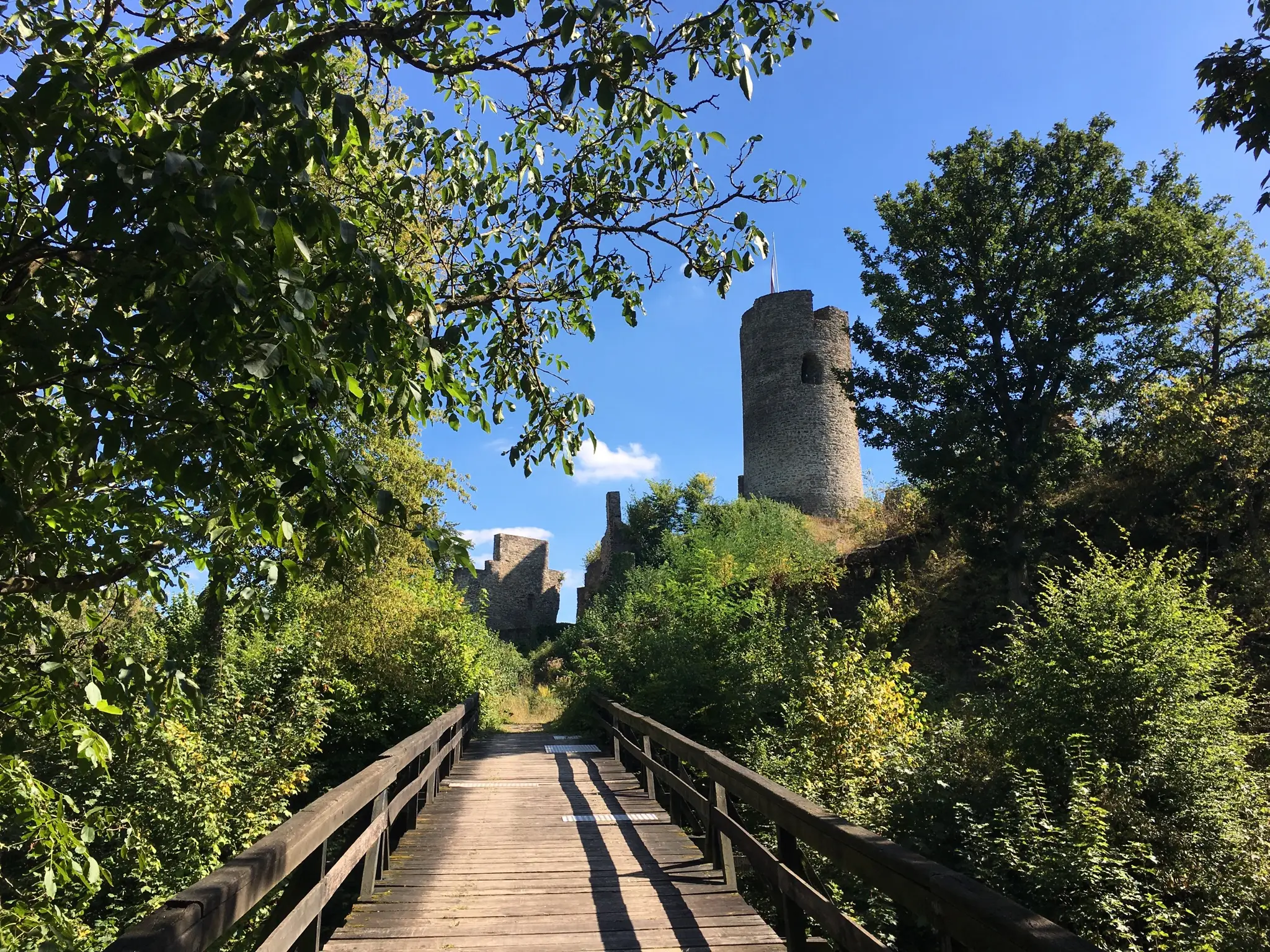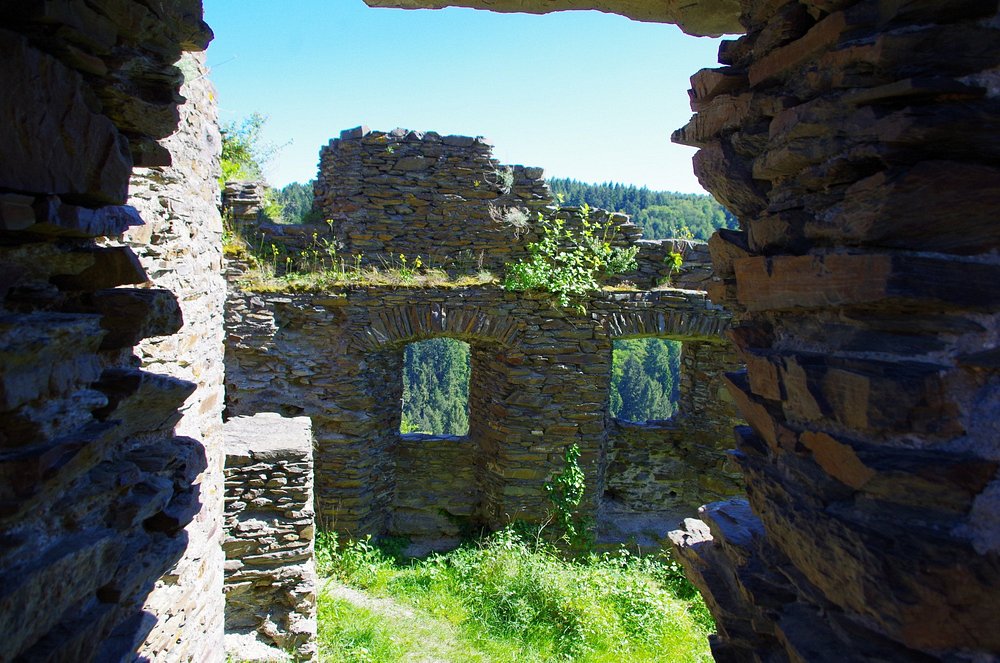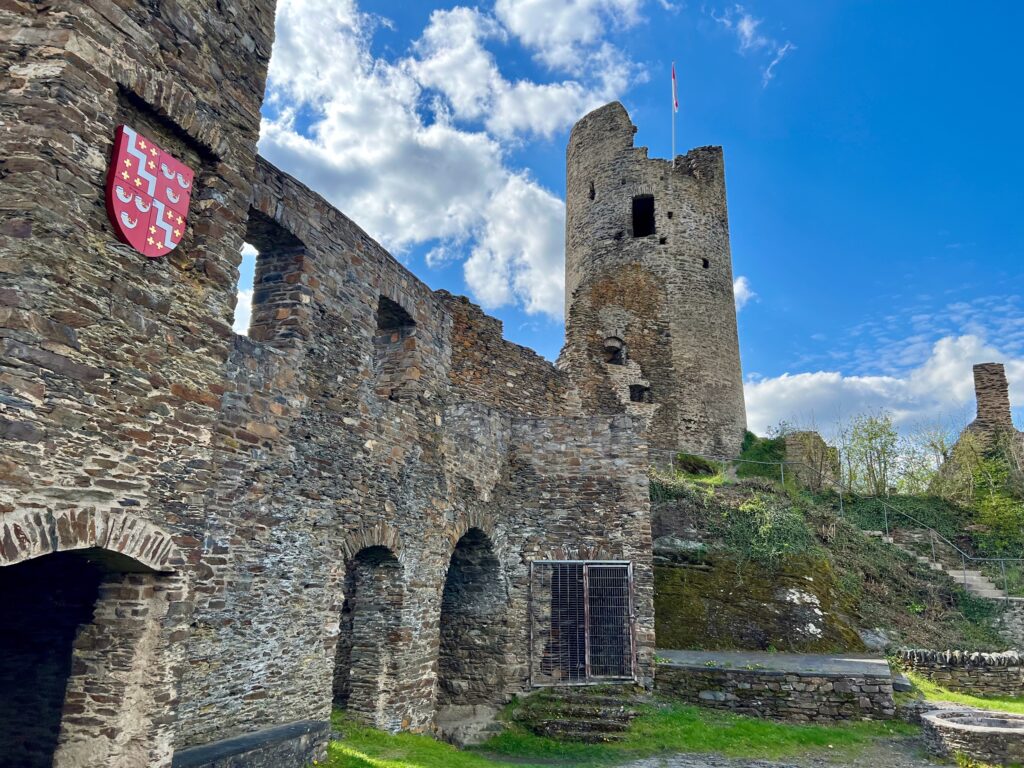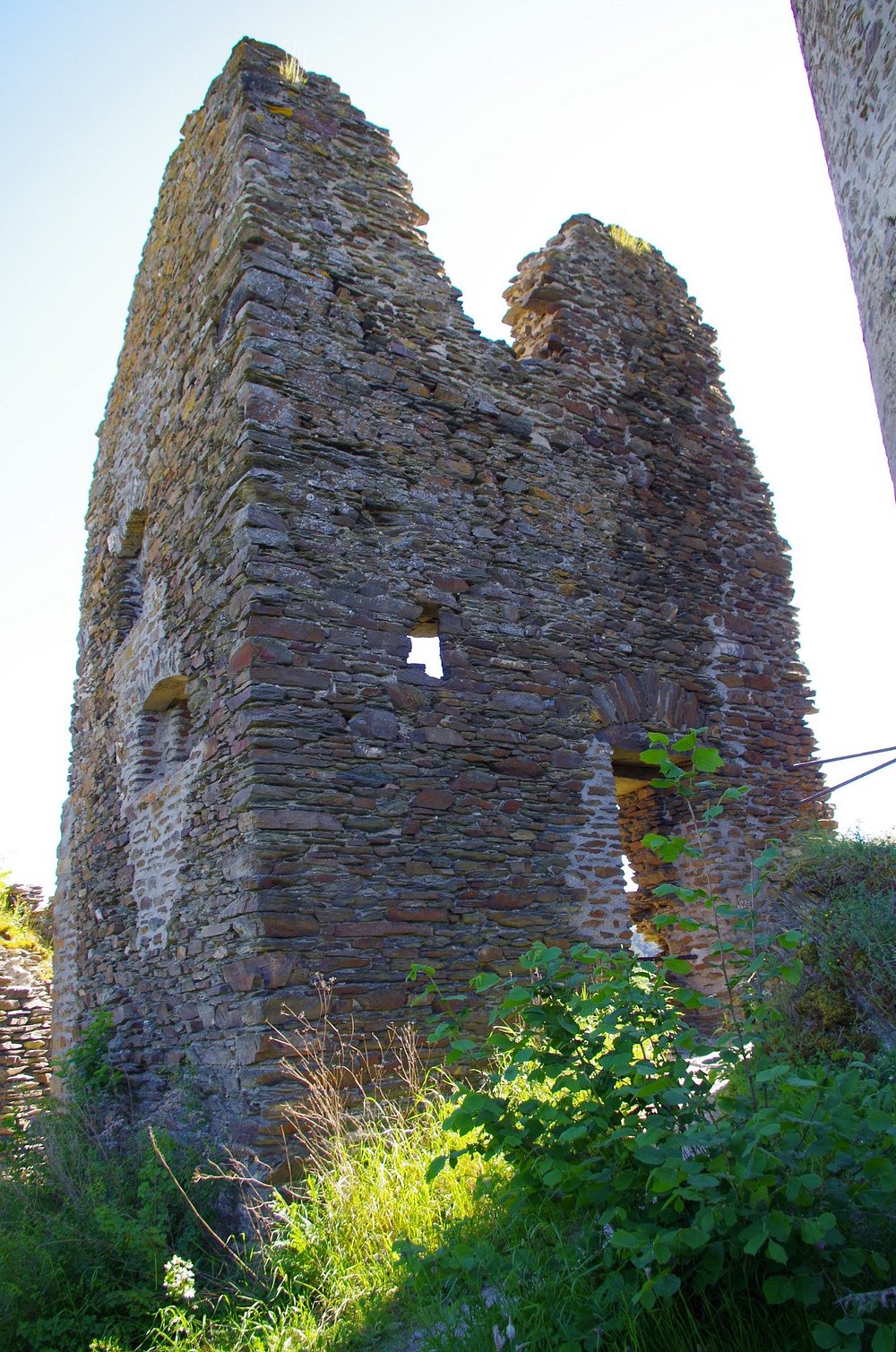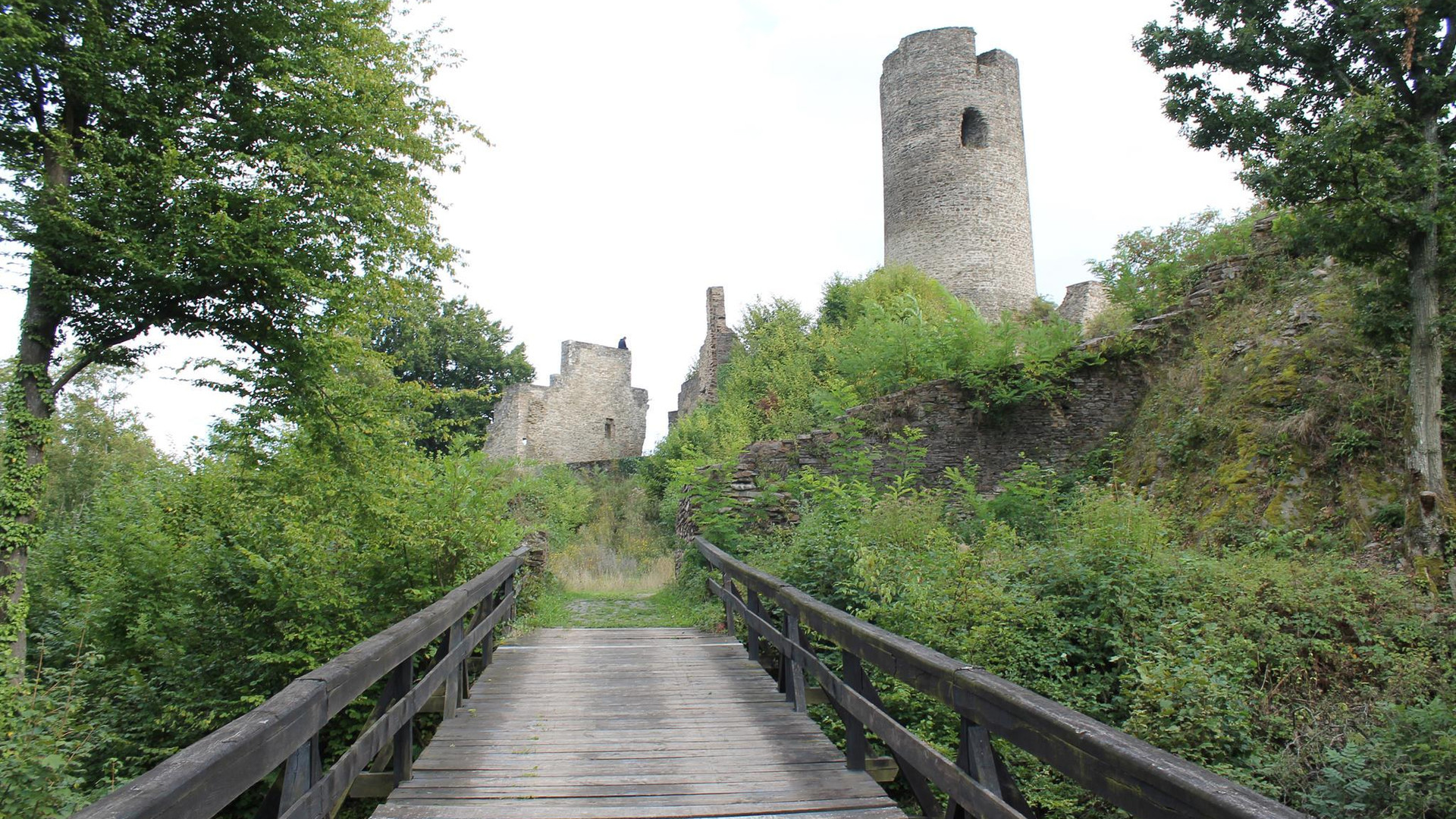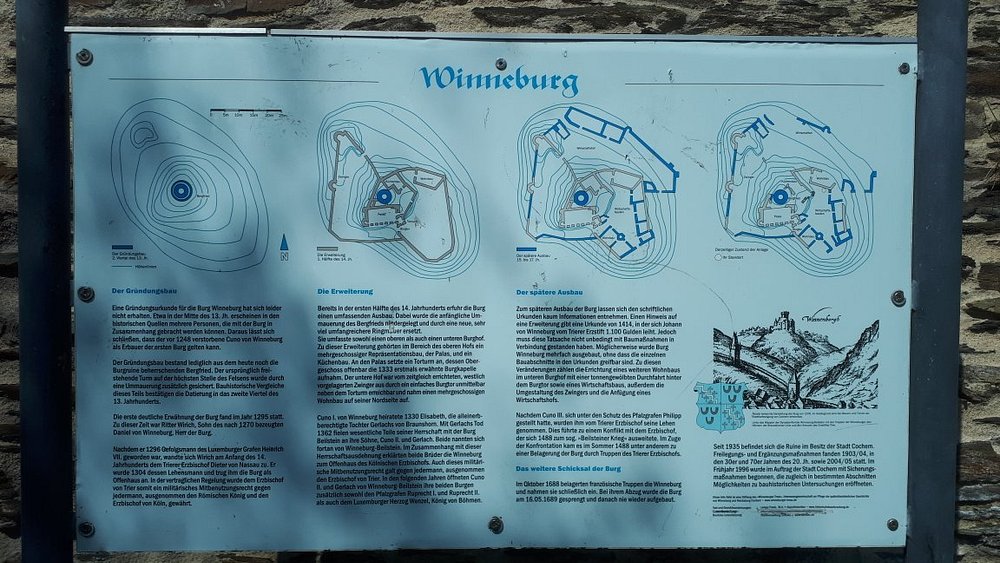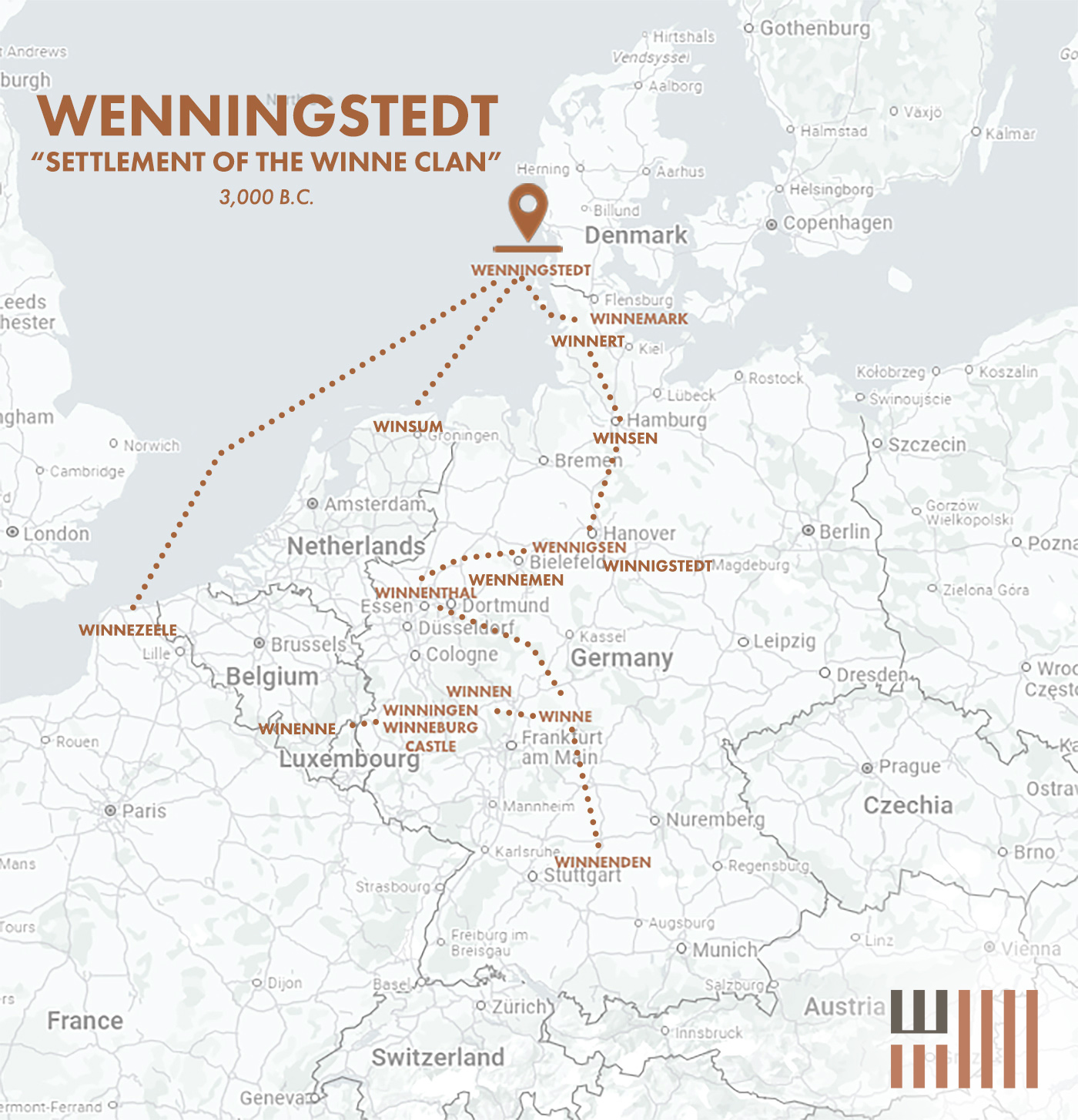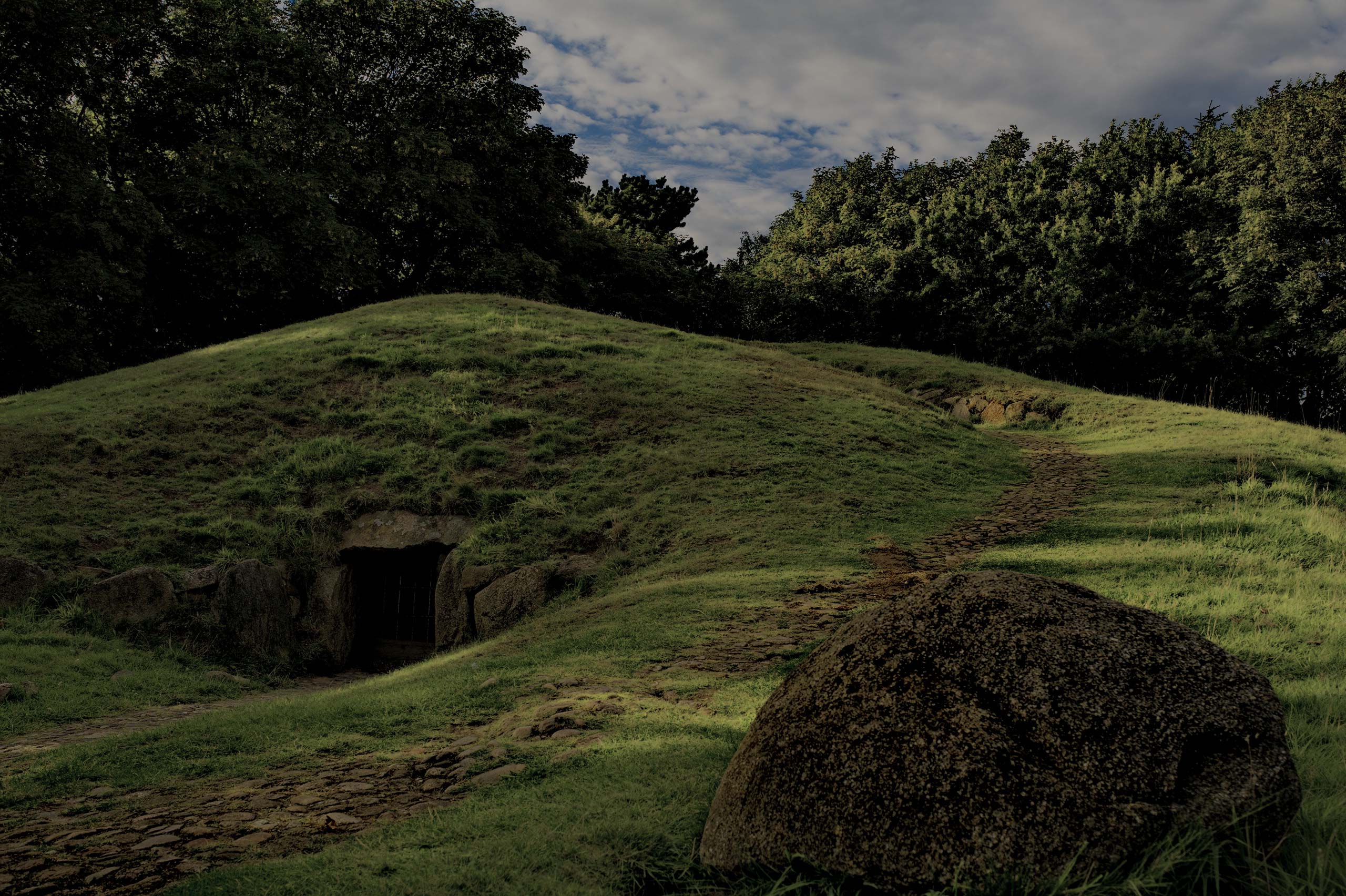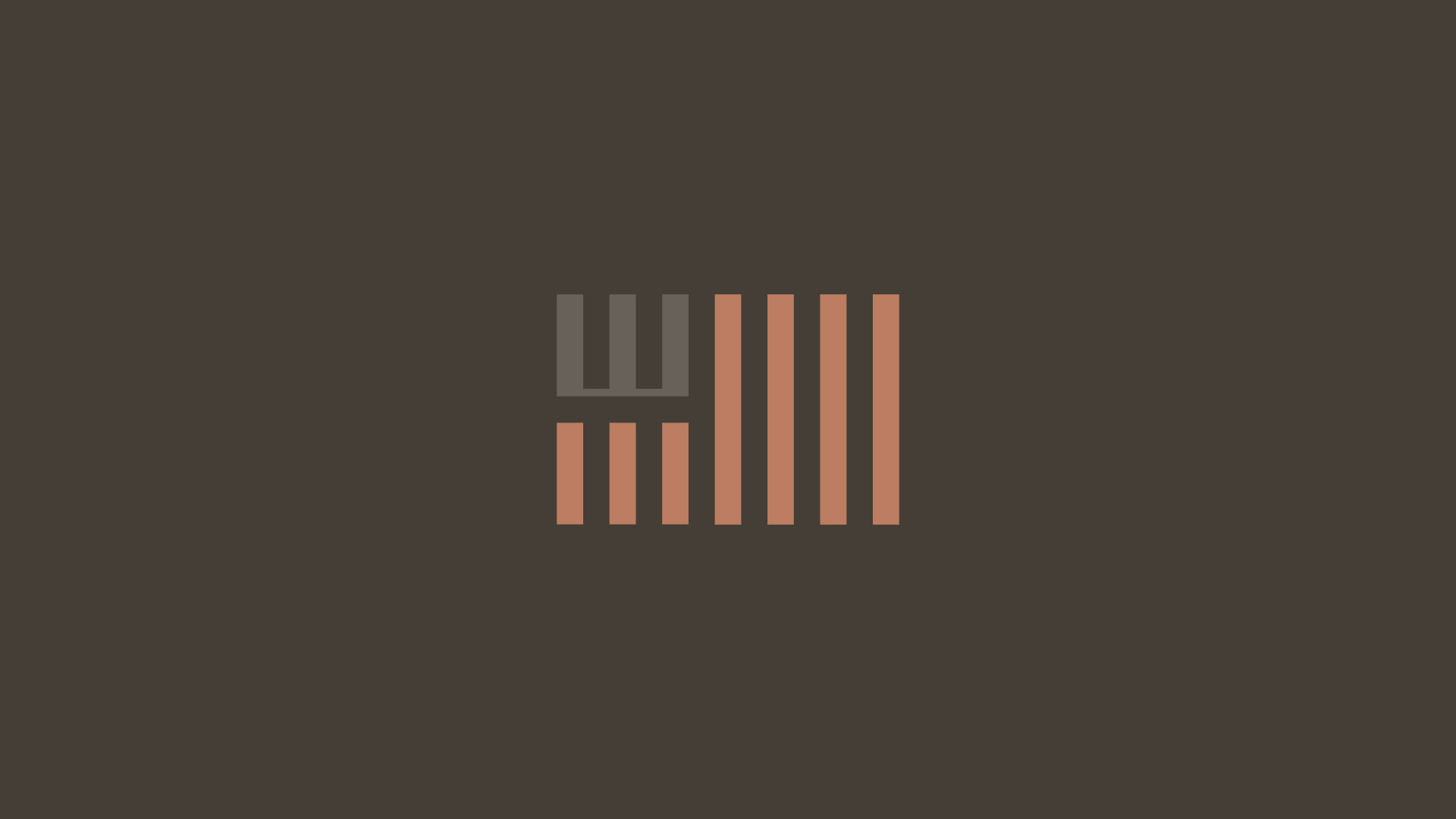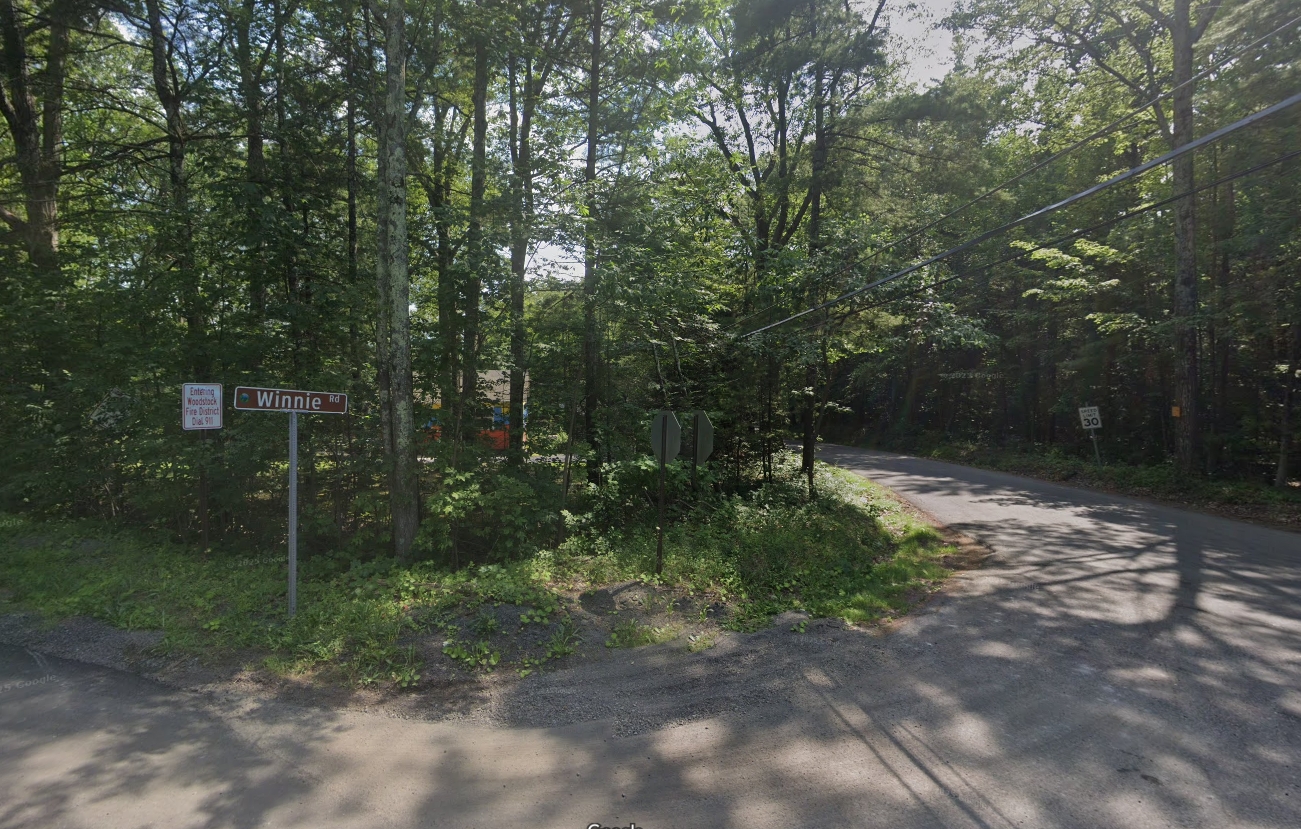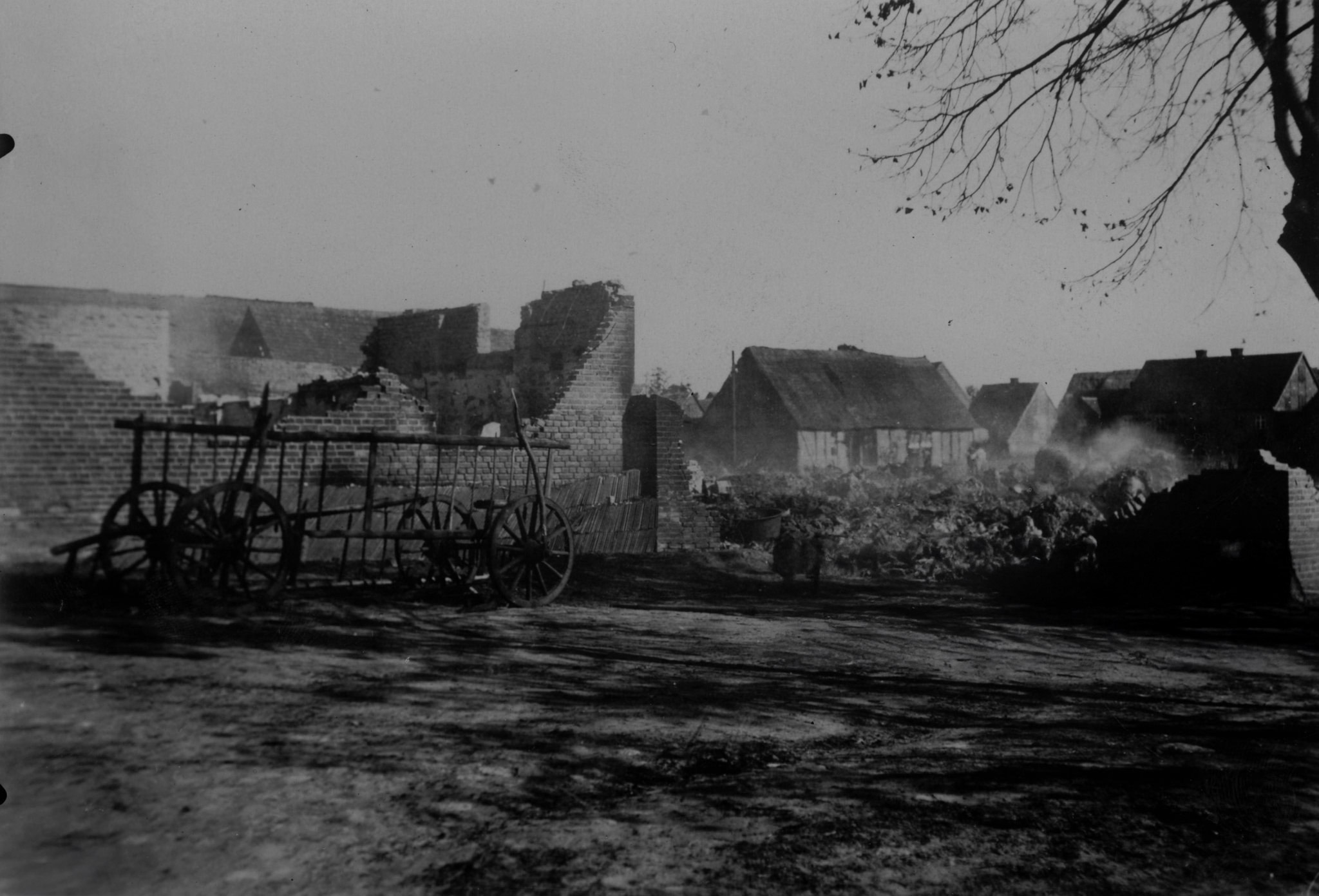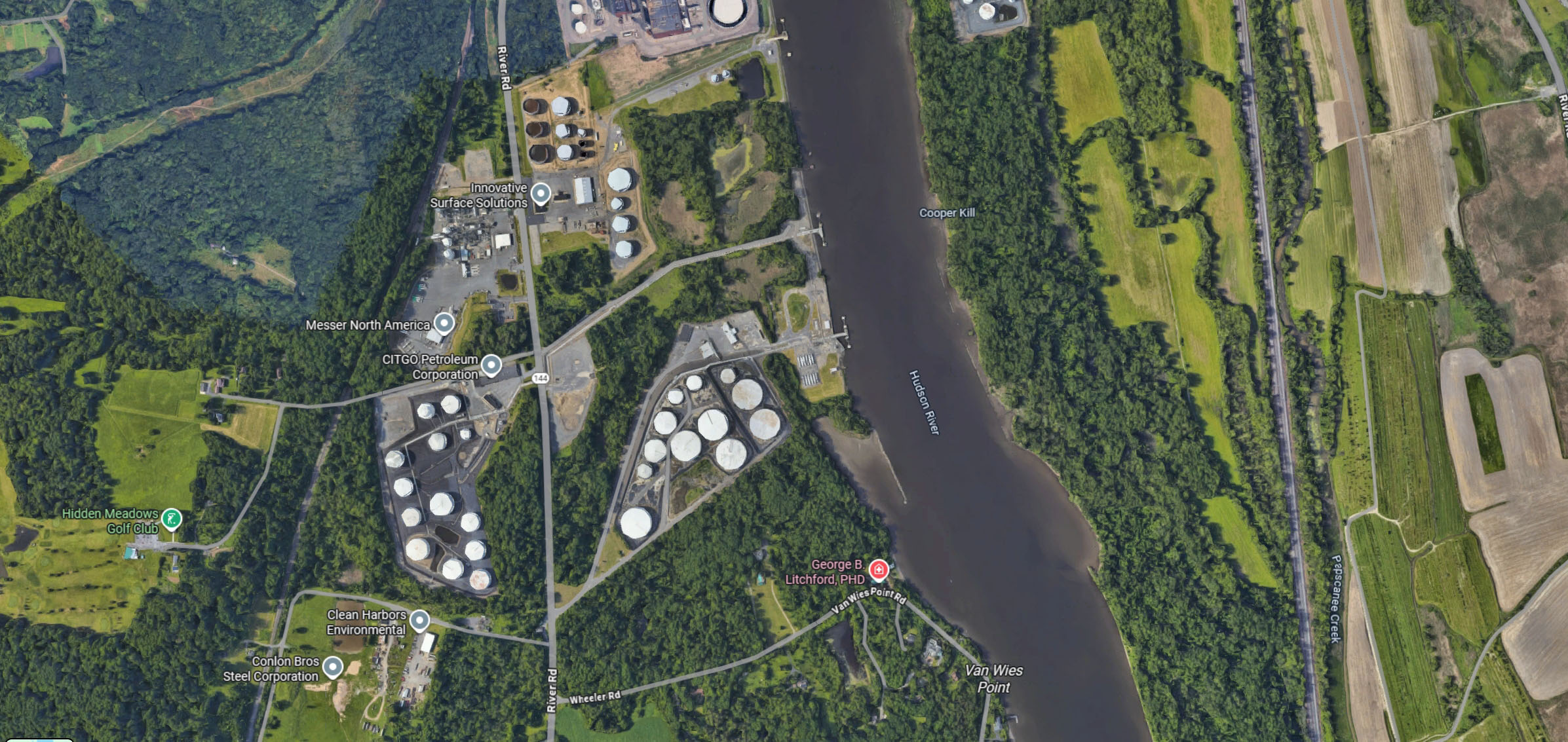The history of the Winne family, originating from the North Frisian island of Sylt, and their migration south into Germany is a fascinating tale of medieval mobility, settlement, and legacy.
While direct records of the Winne family’s journey from Sylt to the Rhineland are sparse, we can piece together a plausible narrative based on historical patterns of Frisian migration, etymological evidence in German place names, and the well-documented history of Winneburg Castle near Cochem. This post explores their possible travels, settlement contributions, and the enduring legacy of Winneburg Castle, with a focus on its historical significance. The name Winneburg translates to ‘Winne Mountain’ in German.
The Winne Family and North Frisian Origins
The Winne family hailed from Sylt, a North Frisian island in the Wadden Sea, known for its maritime culture and resilient inhabitants. The Frisians were a Germanic people with a distinct identity, language, and seafaring tradition, living along the North Sea coast in what is now northern Germany and the Netherlands. In the medieval period, Frisians were known for their trade networks and adaptability, often migrating due to economic opportunities, land scarcity, or environmental pressures like flooding.
The name “Winne” derives from Old Frisian meaning to win or to conquer. To be victorious.
Migration South and Settlement in Germany
During the 10th to 13th centuries, Frisians migrated across northern and central Germany, often as settlers in newly colonized or sparsely populated regions. The Winne family may have been part of this broader movement, driven by trade, land grants, or service to regional lords. Their journey likely took them through Lower Saxony and Westphalia, where Frisian influence is evident in place names and agricultural practices, before reaching the Rhineland and Mosel Valley. Etymological evidence of Frisian settlement, potentially linked to the Winne family, appears in German toponyms. For example:
Winnenden (Baden-Württemberg): The name derives from Old High German wini (friend) or a personal name like “Winno,” combined with -ingen or -heim, common suffixes in Germanic place names. This suggests a settlement founded by a family or leader named Winne or a variant.
Winningen (Rhineland-Palatinate, near Cochem): Located in the Mosel Valley, this town’s name likely stems from a personal name like “Winno” or “Winne” with the -ingen suffix, indicating a settlement established by a clan or kin group. Its proximity to Cochem (about 10 km) makes it a plausible stop for the Winne family en route to building their castle.
Winnweiler (Rhineland-Palatinate): Another toponym with wini or a related root, this name points to early medieval settlement patterns in the region, possibly tied to Frisian or related Germanic families.
These place names suggest that families with names akin to Winne established or influenced settlements in the Rhineland, laying the groundwork for their later prominence. The Winne family’s migration likely culminated in the Mosel Valley, where they gained land and status, possibly through marriage, military service, or feudal grants.
Winneburg Castle: History and Significance
The centerpiece of the Winne family’s legacy is Winneburg Castle, a medieval fortress located about 4 km northwest of Cochem in the Eifel region of Rhineland-Palatinate. Built around 1240, the castle became the ancestral seat of the Winneburg family, who are referred to in some sources as the “Wirich of Wunnenberg” or “Wunnenberg” family, reflecting variations in spelling and regional dialects. Below is a detailed history of the castle and its role in the family’s story.
Construction and Early History (13th–15th Centuries)
Winneburg Castle was constructed around 1240 on a steep ridge 300 meters above the Endert Valley, a strategic location offering natural defenses and a commanding view of the Mosel region. The castle’s founders established it as their patrimony, consolidating their regional influence. The structure was typical of 13th-century hilltop castles, with stone walls, a keep, and defensive towers designed to withstand sieges.



